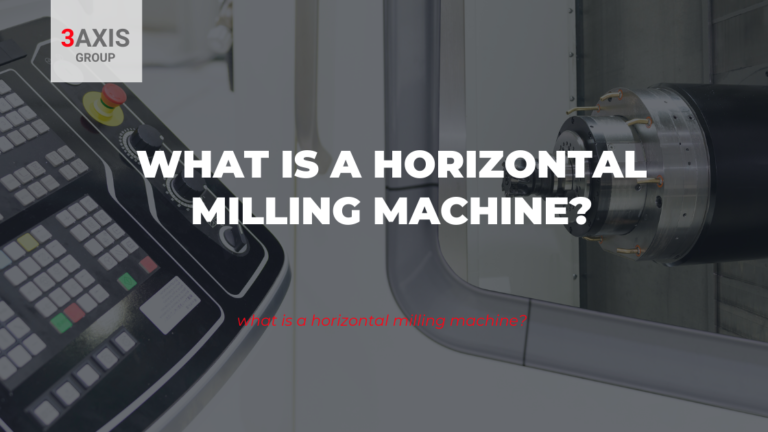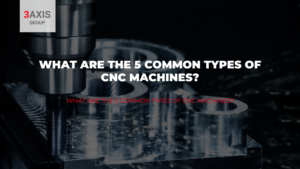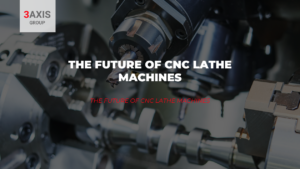Milling is a very common machining process in machine shops. It involves the use of a machine, known as a milling machine, to remove material from a workpiece using a rotating cutting tool. In milling, the workpiece remains stationary while the cutting tool rotates. When the rotating cutting tool presses against the workpiece, it removes the material.
Once we understand this first step, we can move on to the different types of milling machines with their unique characteristics. In this post we will go deeper into the horizontal type. We will talk about its particularities and what it is used for, don’t miss it!
Learn more about what a horizontal milling machine is
Both horizontal and vertical CNC milling cutters have their advantages, and the choice between them depends on the type of milling to be performed. But as we mentioned before, in this post we will focus on horizontal ones.
So, what is a horizontal milling machine.
Horizontal milling machines differ from their vertical counterparts in several ways. The most significant difference between these two types of milling machines is the orientation of the spindle. With vertical milling machines, the spindle features a vertical orientation. With horizontal milling machines, the spindle features a horizontal orientation. In other words, horizontal milling machines mount the cutting tool on a horizontally oriented spindle that’s able to selectively remove material from the stationary workpiece.
Another special feature of horizontal CNC milling machines is that they have thicker and shorter cutting tools. This allows them to make heavier and deeper cuts.
What is a horizontal milling machine used for?
Horizontal milling machines don’t use a fixed spindle, as vertical milling equipment does. Rather they use cutting heads like small circular saws mounted on a horizontal arbor. And that’s where the real advantage of horizontal milling machines lies; in the spindle-mounted cutters, called side and face mills, which have a cross-section rather like a circular saw but are generally wider and smaller in diameter.
We also consider an advantage of horizontal CNC milling machines its solid construction. Why? Because in general they can handle larger and heavier workpieces. In addition, the rigid construction makes the machine vibrate less, bend less and run smoother than vertical milling machines.
But what is a horizontal milling machine used for? They are mainly used for the following types of machining operations:
- Cutting one or more grooves on a workpiece
- Slot machining
- Multi-side or multi-plan milling operations
- Machining jobs with extremely heavy workpieces and material
In short, horizontal milling machines are generally a better choice for complex projects. A clear example is the frequent use of this type of machine in the creation of medical tooling. Indeed, CNC horizontal milling machines produce complex parts for the medical community, from scalpels to advanced diagnostic imaging equipment.
How to choose the right milling machine when there are all kinds of horizontal milling machines on the market today? In our Marketplace you will be able to contact your commercial agent who will help you choose the one that best suits your business. We work with top manufacturing companies, take a look!




